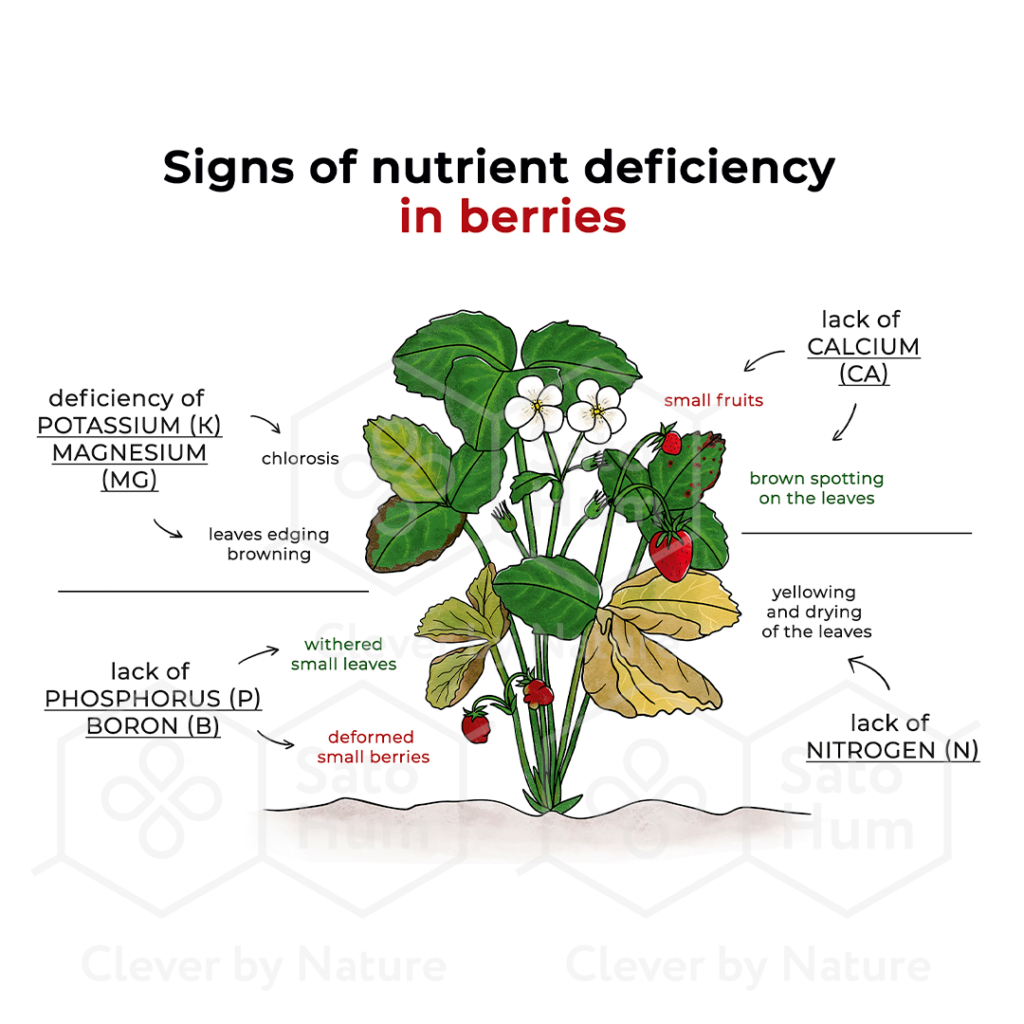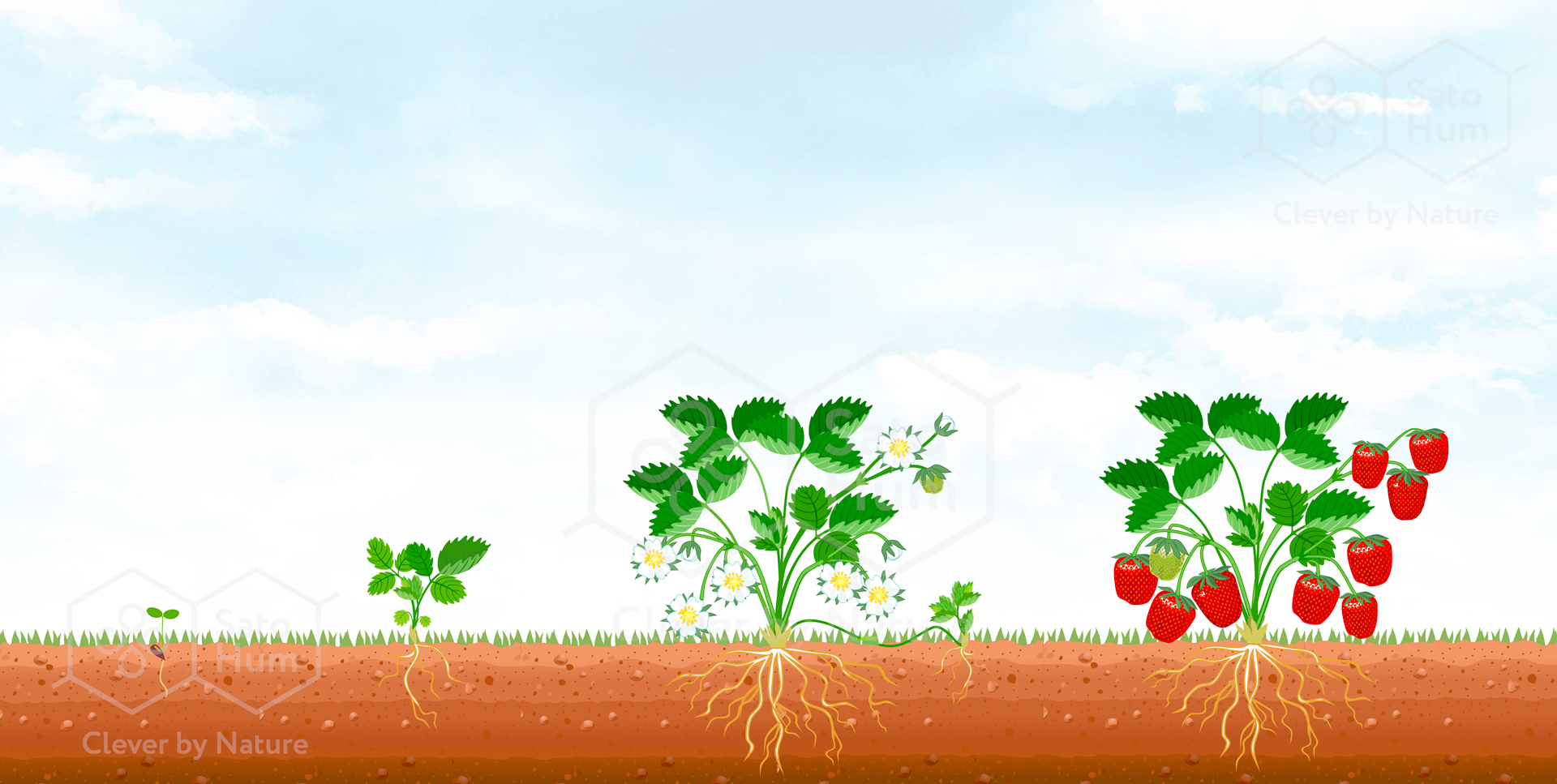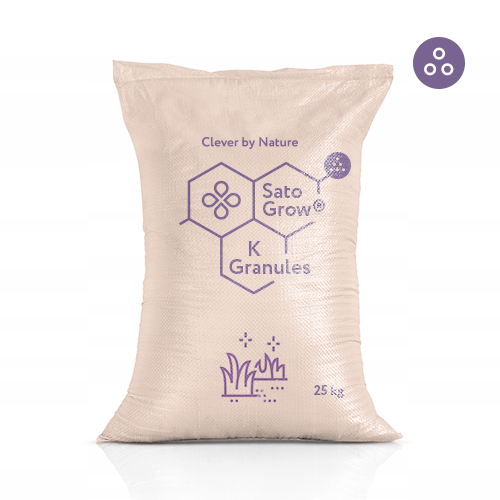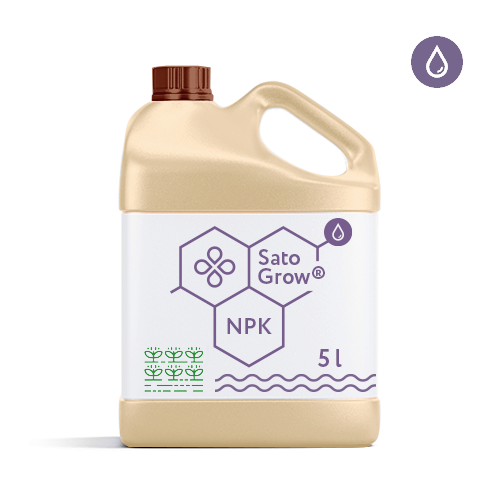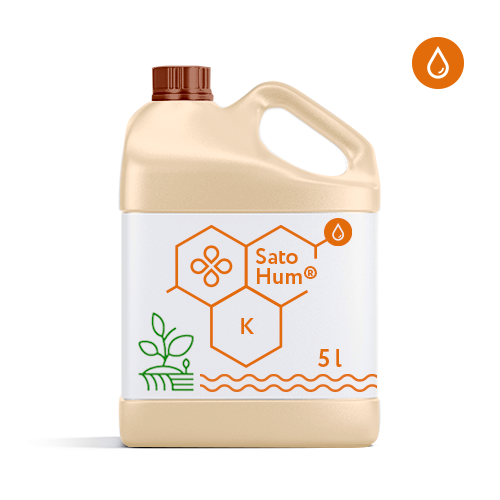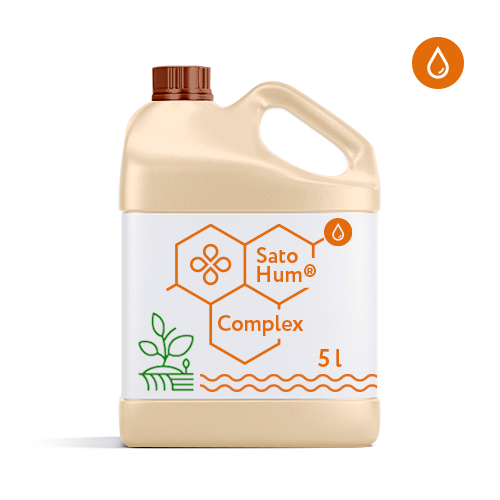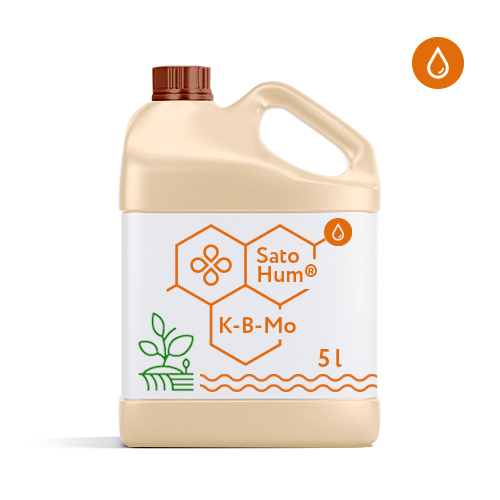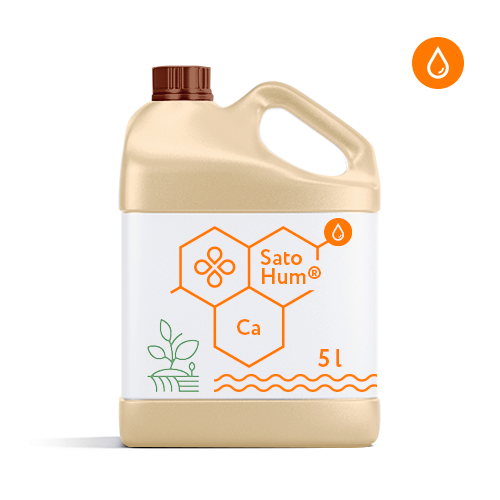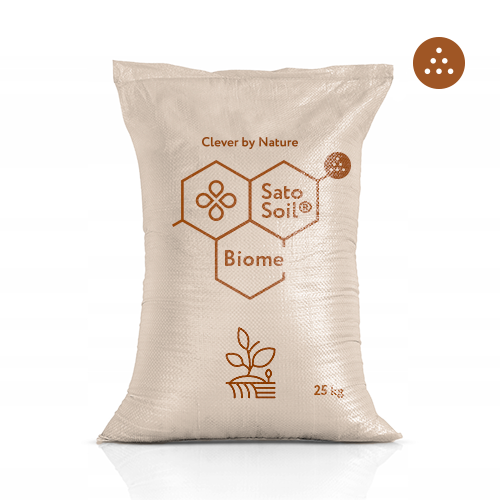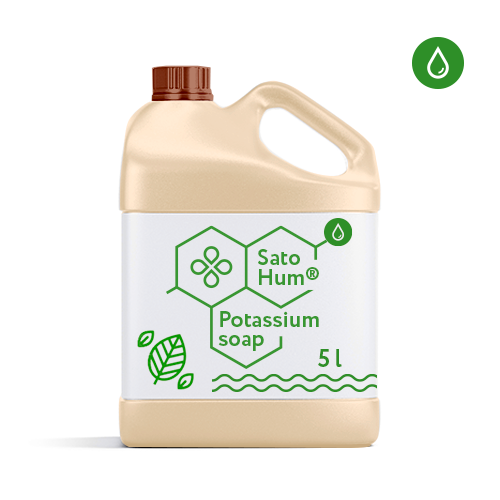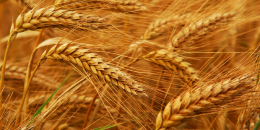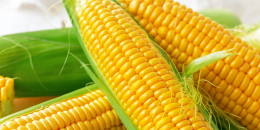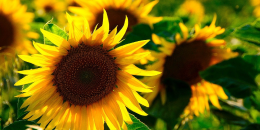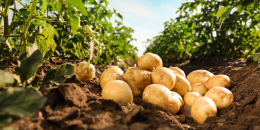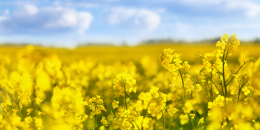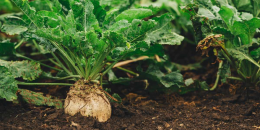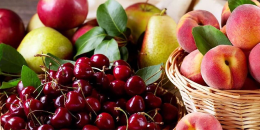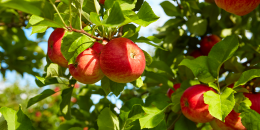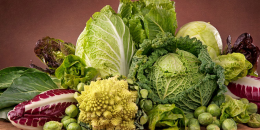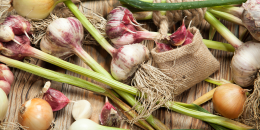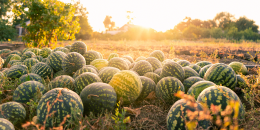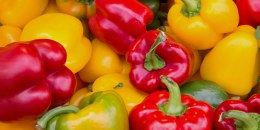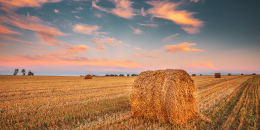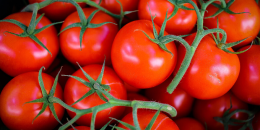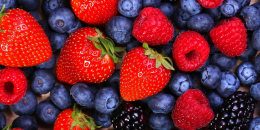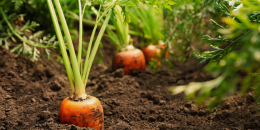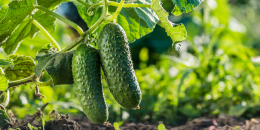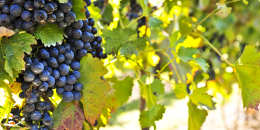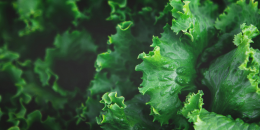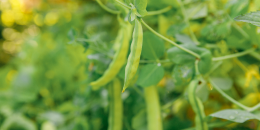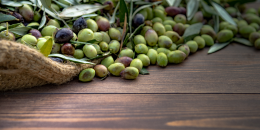Berries are a cost-effective and at the same time capital-intensive horticultural industry. Among berry crops, garden strawberries occupy a special place. Industrial plantations of gooseberries, currants, raspberries, blackberries, cranberries, lingonberries, blueberries and bilberries are less popular.
Berries
Laying of plantations, a high proportion of manual labor, specific requirements for tillage and fertigation systems characterize berry horticulture. With intensive cultivation of garden strawberries, a film covering of the ridges is used, which retains moisture and leaves the growing berries clean.
Varieties of one-time fruiting in intensive plantations are preferred by the so-called remontant and types of long daylight hours, which fruit in waves several times a year. To extend the cycle, remontant types of strawberries and raspberries are covered in tunnel greenhouses.
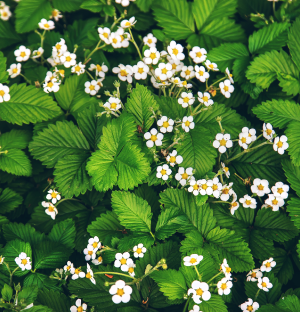

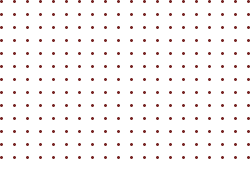
Seedlings and saplings are prepared in special nurseries, open ground is brought to the required acidity and mulched, since the berry doesn’t like excess organic fertilizers. SatoSoil® improvers protect the soil cover, heals the humus, have moisture and thermoregulatory effect.
In other respects, strawberries and other berries respond well to a complex diet of essential macro and micronutrients. Systematic drip nutrition allows to correct the lack of microelements, enhances the growth of generative organs and improves the caliber of berries. Humic and fulvic acids, obtained by extraction of a peat-sapropel mixture, facilitate the synthesis of phytohormones and saturate fruits with sugars (increasing the Brix number). SatoHum® Complex, SatoHum® K, SatoHum® K-B-Mo and SatoHum® Ca formulations are indicated for drip irrigation of strawberries, raspberries, currants.
- yellowing and drying of the leaves - lack of nitrogen;
- drying of leaves, the appearance of small leaves, small and shriveled berries - phosphorus starvation;
- interveinal chlorosis, leaves edging browning - deficiency of potassium or magnesium;
- brown spotting on the leaves, small fruits, necrosis of vegetative organs - lack of calcium;
- shriveled, deformed berries and withered leaves - a lack of boron.
Berries are a cost-effective and at the same time capital-intensive horticultural industry. Among berry crops, garden strawberries occupy a special place. Industrial plantations of gooseberries, currants, raspberries, blackberries, cranberries, lingonberries, blueberries and bilberries are less popular.
Laying of plantations, a high proportion of manual labor, specific requirements for tillage and fertigation systems characterize berry horticulture. With intensive cultivation of garden strawberries, a film covering of the ridges is used, which retains moisture and leaves the growing berries clean.
Varieties of one-time fruiting in intensive plantations are preferred by the so-called remontant and types of long daylight hours, which fruit in waves several times a year. To extend the cycle, remontant types of strawberries and raspberries are covered in tunnel greenhouses.



Seedlings and saplings are prepared in special nurseries, open ground is brought to the required acidity and mulched, since the berry doesn’t like excess organic fertilizers. SatoSoil® improvers protect the soil cover, heals the humus, have moisture and thermoregulatory effect.
In other respects, strawberries and other berries respond well to a complex diet of essential macro and micronutrients. Systematic drip nutrition allows to correct the lack of microelements, enhances the growth of generative organs and improves the caliber of berries. Humic and fulvic acids, obtained by extraction of a peat-sapropel mixture, facilitate the synthesis of phytohormones and saturate fruits with sugars (increasing the Brix number). SatoHum® Complex, SatoHum® K, SatoHum® K-B-Mo and SatoHum® Ca formulations are indicated for drip irrigation of strawberries, raspberries, currants.
- yellowing and drying of the leaves - lack of nitrogen;
- drying of leaves, the appearance of small leaves, small and shriveled berries - phosphorus starvation;
- interveinal chlorosis, leaves edging browning - deficiency of potassium or magnesium;
- brown spotting on the leaves, small fruits, necrosis of vegetative organs - lack of calcium;
- shriveled, deformed berries and withered leaves - a lack of boron.
| SOILS | SEEDLINGS | GROWTH | HARVEST | ||
| SatoSoil® Biome
Top dressing of open and greenhouse soils 0,5 – 1 kg/m² Single pre-sowing soil fertilization 0,5 – 1 kg/m² Organic soils feeding Incorporation to a depth of 16 cm 0,5 – 1 kg/m² SatoHum® K or SatoGrow® NPK/ SatoGrow® N Watering the soil improver 0,2 – 0,6 ml/m² |
Sato® Seeds
Seedling treatment 10 ml/10 l water Seeds germination SatoGrow® K Granules and SatoGrow® NPK Granules Simultaneous seedlings germination Starting complex nutrition with minerals 25 – 35 g/bush or 15 – 20 g/m² SatoHum® K or SatoGrow® NPK/ SatoGrow® N Granulate activation 0,2 – 0,6 ml/m²
|
SatoHum® Complex
Application via fertigation systems 1,8 – 2,8 ml/10 m² SatoHum® K Correction of potassium deficiency 1,8 – 2,8 ml/10 m² SatoHum® Potassium soap Foliar system treatment of raspberry and currant shrubs 30 – 40 ml/10 l of water |
SatoHum® K-B-Mo
Correction of potassium and boron starvation 1,5 – 3 ml/10 m² SatoHum® Ca Feeding with calcium 1,8 – 2,8 ml/10 m² SatoHum® Pure In organic farming, it’s used in any non-root irrigation no more than 3 times per growing cycle 15 – 20 ml/10 l of water |
SatoHum® Ca
Berry filling Increasing caliber and sugars 2 – 3,4 ml/10 m² |
|
WARNING: 4 Sato® Steps is a comprehensive crop care system that provides the basic crop needs for the main 12 macro, meso and micronutrients for an optimal growing cycle and unlocking the potential of each crop.
SOILS: In pre-sowing application of SatoSoil® Soil improvers, the minimum rate is introduced, when autumn applying, the maximum rate is recommended. When applying SatoGrow® Biostimulants after SatoSoil® Soil improvers, the minimum rate is applied; if the soil hasn’t been treated, the maximum rate is applied. For irrigation, it’s recommended to activate granulates (soil improvers or biostimulants) with SatoHum® liquid formulations and SatoGrow® liquid organo-mineral biostimulants.
SEEDS/SEEDLINGS/VEGETATION BEGINNING: Treatment of seeds and seedlings with Sato® Seeds formulation is compatible with treatment by classical protectants without reducing the rates of their application, and helps to increase the viability of seedlings, the development of the plant and its fruitfulness.
GROWTH: Our SatoHum® solutions have a guaranteed composition with high content of humic and fulvic acids with amino acids of plant origin. It is not recommended to exceed the total applying dose of SatoHum® liquid formulations over 6 l/ha/season, starting from the germination/seedlings phase. If SatoHum® Potassium soap is used for prophylactic purposes, it is recommended to apply the minimum dose. If treatment is carried out to fight active pathogens/parasites, the dose indicated in the product card for the specific pest shall be applied.
HARVEST: Simultaneous fertilization with several SatoHum® products is not expected. It’s not recommended to exceed the specified application rates. For single, not systemic application of SatoHum® products, the maximum dosage of the product is recommended.
